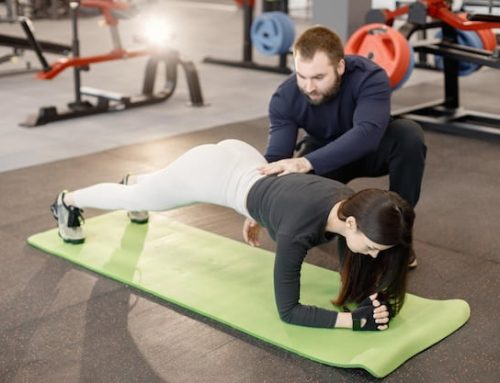What are the 10 types of fitness?
Fitness is not just about being able to run a marathon. It encompasses a variety of physical and mental abilities that allow us to perform daily tasks with ease, reduce the risk of injury, and improve overall well-being. Here are the ten types of fitness that are vital for a well-rounded training program:
1. Aerobic endurance
Aerobic endurance refers to the ability of the cardiovascular system to transport and utilize oxygen for energy over an extended period. It is the cornerstone of cardiovascular fitness and helps to increase stamina, reduce the risk of heart disease, and lower blood pressure. Activities that improve aerobic endurance include running, cycling, swimming, and rowing.
2. Anaerobic endurance
Anaerobic endurance is the ability to sustain high-intensity, short-duration activities that utilize energy sources without oxygen. It is important for explosive sports like basketball, soccer, and sprinting. To improve anaerobic endurance, high-intensity interval training (HIIT) and weightlifting can be implemented.
3. Muscular strength
Muscular strength is the maximum force that a muscle or muscle group can generate in a single maximal effort. It is essential for daily activities like lifting, pushing, and pulling. Resistance training, such as weightlifting, is the main method for improving muscular strength.
4. Muscular endurance
Muscular endurance is the ability of a muscle or muscle group to sustain repeated contractions over time without fatigue. It is important for activities that require prolonged effort, such as hiking and cycling. Endurance training, such as running a marathon or doing multiple sets of pushups, can improve muscular endurance.
5. Flexibility
Flexibility is the range of motion around a joint. It is crucial for injury prevention and helps to maintain optimal posture and alignment. Stretching and yoga are the most effective methods for improving flexibility.
6. Balance
Balance is the ability to maintain a stable position while standing or moving. It is important for activities that require agility, such as dancing and martial arts. Balance training can include exercises like standing on one leg or using unstable surfaces like a balance ball.
7. Coordination
Coordination is the ability to use multiple body parts together smoothly and efficiently. It is important for sports that require precision and timing, such as tennis and gymnastics. Coordination can be improved through drills and exercises that require complex movement patterns.
8. Speed
Speed is the ability to move quickly from one point to another. It is important for sports that require explosive movements, such as football and track and field. Sprint training and plyometric exercises can improve speed.
9. Power
Power is the ability to generate force quickly. It is important for activities that require explosive strength, such as jumping and throwing. Power training involves exercises like box jumps and medicine ball throws.
10. Reaction time
Reaction time is the ability to respond quickly to a stimulus. It is important for sports that require quick reflexes, such as boxing and tennis. Reaction time can be improved through drills and exercises that challenge the nervous system, such as reaction ball drills.
In conclusion, sports-specific training should incorporate all of these ten types of fitness to ensure a well-rounded program that improves overall physical and mental health. Whether you are a professional athlete or a weekend warrior, focusing on these fundamental types of fitness can help you achieve your goals and perform at your best.






